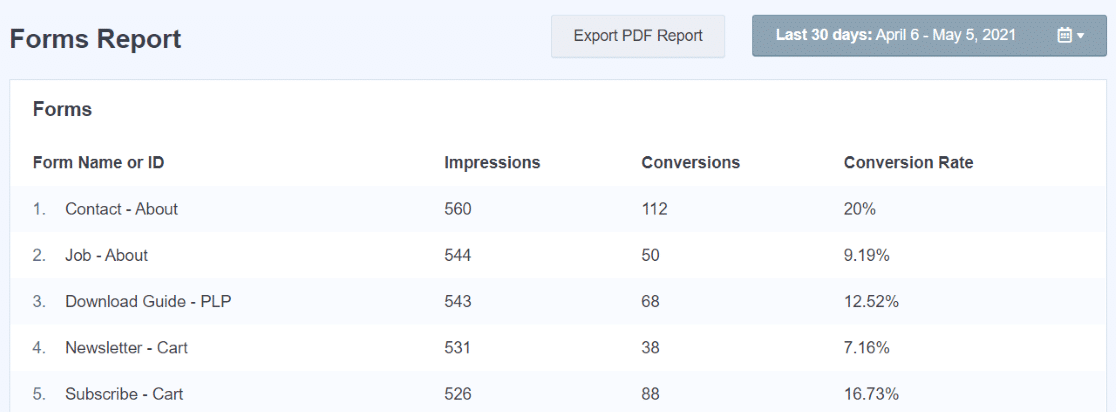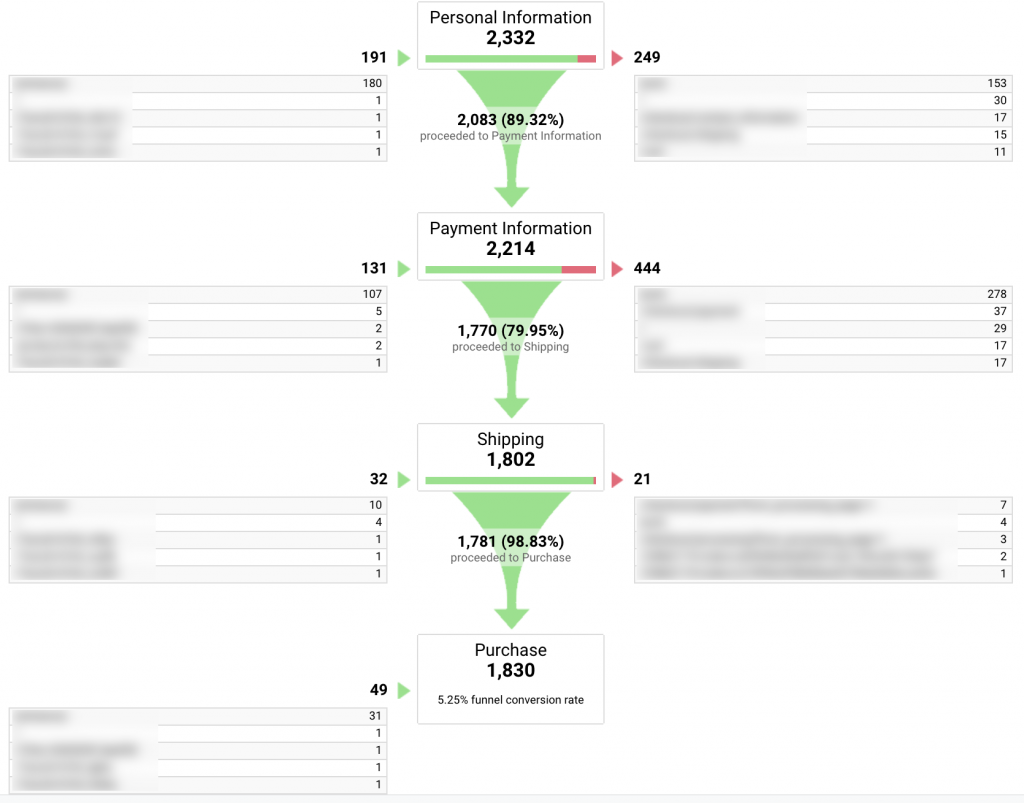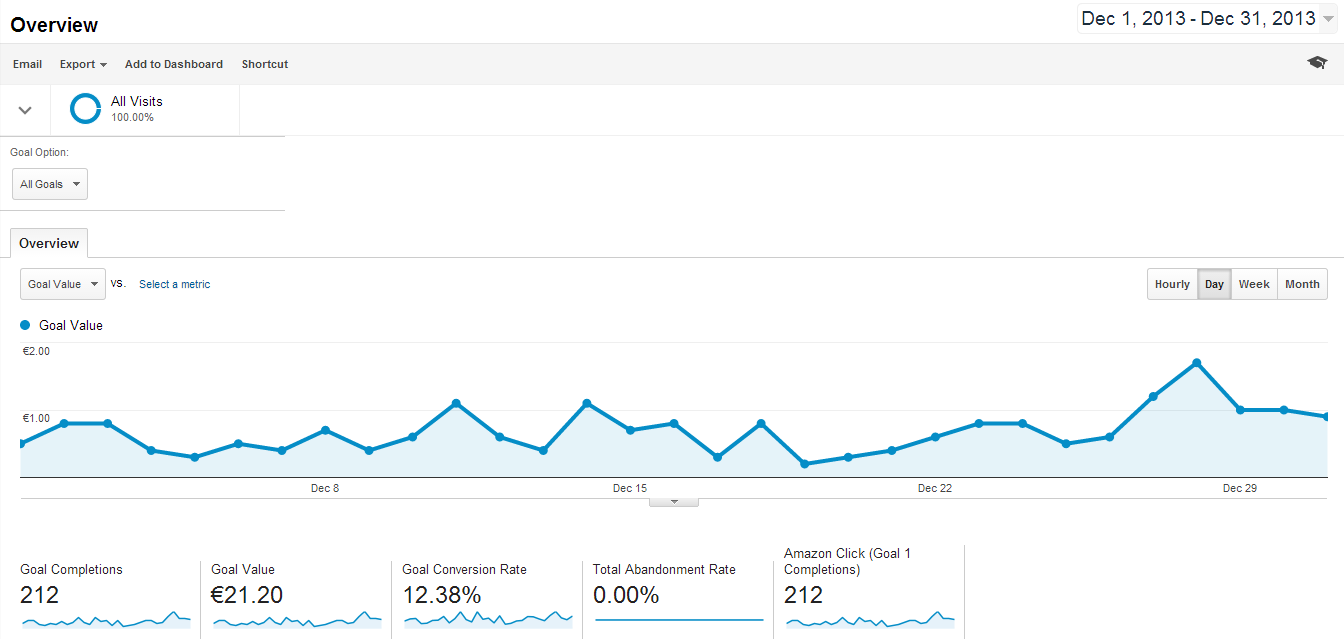What Data Is Google Analytics Goals Unable to Track: A Total Guide
What Data Is Google Analytics Goals Unable to Track: A Total Guide
Blog Article
Unveiling the Blind Attractions: Understanding What Google Analytics Goals Can not Determine
In the realm of digital analytics, Google Analytics stands as an effective device for tracking and assessing on the internet customer communications. In the middle of its robust abilities, there exist blind areas that usually escape dimension. what data is google analytics goals unable to track. Recognizing what Google Analytics goals can not gauge is essential for acquiring a comprehensive sight of user habits and engagement. As we delve right into the details of these unseen areas, we discover a complex web of undiscovered areas that hold valuable understandings into user activities and motivations, challenging standard knowledge and clarifying the constraints of our data-driven understanding.
Individual Behavior on External Platforms
Comprehending how users interact on external systems is essential for optimizing on-line techniques. Exterior platforms, such as social media networks, reference sites, and on-line forums, play a substantial role in driving web traffic to a company's site. By analyzing individual actions on these platforms, companies can gain valuable understandings right into the effectiveness of their advertising and marketing efforts and the choices of their target audience.
One secret aspect of individual actions on outside systems is the referral resource. By tracking where the users are coming from, organizations can determine which platforms are driving the most traffic to their site. This details can help firms allocate their sources much more properly, focusing on the systems that yield the very best results.

Offline Interactions and conversions
Examining customer behavior on external platforms provides important insights into on the internet methods; nevertheless, taking into consideration offline conversions and communications is just as important for a detailed understanding of a firm's general efficiency. While Google Analytics succeeds at tracking online interactions, it drops brief in capturing the complete customer journey that commonly includes offline touchpoints. Offline conversions, such as in-store acquisitions or phone questions, play a substantial duty in several services' success. Disregarding these interactions can cause an altered sight of the efficiency of advertising and marketing projects and general service efficiency.

Attribution Beyond Last Click
When delving into the world of electronic advertising and marketing analytics, it becomes essential to look past the solitary touchpoint of the last click for an extra thorough understanding of acknowledgment. While Google Analytics provides important understandings right into individual behavior, relying entirely on last-click attribution can be restricting - what data is google analytics goals unable to track. Acknowledgment designs that exceed the last click supply a more nuanced sight of the consumer trip, taking into consideration all the touchpoints that lead to a conversion
Acknowledgment beyond the last click allows marketing experts to assign credit score to different interactions along the conversion path, offering a more clear photo of the efficiency of various advertising channels. By checking out multi-touch attribution models such as linear, time decay, or position-based acknowledgment, services can better assign their marketing budgets and optimize their approaches Click This Link for optimal influence.
Recognizing the impact of each touchpoint in the conversion process is important for making educated choices and maximizing ROI. By welcoming acknowledgment beyond the last click, businesses can gain much deeper insights into client actions and customize their marketing efforts more properly.
Cross-Device and Cross-Browser Tracking

In a similar way, cross-browser tracking enhances cross-device monitoring by capturing user actions as they change in between different internet internet browsers. Understanding just how users engage with internet sites on various browsers can assist marketers maximize their online experiences to make sure consistency and performance throughout various systems.
Qualitative Information and User Intent
Comprehending individual intent via qualitative data analysis is crucial for creating targeted digital marketing approaches that resonate with the needs and choices of the target market. Qualitative information provides understandings right into the 'why' behind customer activities, dropping light on inspirations, emotions, and preferences that measurable information alone can not record. By analyzing customer responses, remarks, and interactions, online marketers can uncover valuable details concerning customer intent, enabling them to tailor their messaging, content, and offerings to better straighten with what their target market is seeking.
Qualitative data likewise helps in recognizing the context in which customers involve with a web site or app. This contextual understanding allows marketing professionals to develop even more customized and relevant experiences, ultimately driving greater involvement and conversion rates. By diving into user intent via qualitative information analysis, services can get a deeper understanding of their target market, resulting in more efficient advertising and marketing methods that fulfill individuals' assumptions and demands.
Final Thought
In verdict, Google Analytics useful source goals have constraints in measuring individual actions on outside systems, offline conversions, attribution past last click, cross-device and cross-browser monitoring, and qualitative data connected to user intent. what data is google analytics goals unable to track. It is vital for companies to be familiar with these unseen areas in order to supplement their data evaluation with other devices and methods to get a more extensive understanding of their target market and improve their overall electronic advertising and marketing techniques
By examining user habits on these systems, organizations can gain important understandings into the efficiency of their advertising and marketing efforts and the preferences of their target audience.
Evaluating customer actions on outside systems gives important insights into on the internet approaches; nevertheless, considering offline conversions and interactions is similarly important for a detailed understanding of a firm's total performance.In digital marketing analytics, moving beyond last-click acknowledgment to explore cross-device and cross-browser tracking is necessary for obtaining an all natural understanding of customer interactions across different platforms and tools. By analyzing user comments, remarks, and communications, marketing experts can reveal valuable info concerning customer intent, permitting them to customize their messaging, web content, and offerings to better line up with what their target market is looking for.
By delving into user intent through qualitative information analysis, companies can acquire a deeper understanding of their target audience, leading to more effective marketing strategies that meet users' expectations and requirements.
Report this page